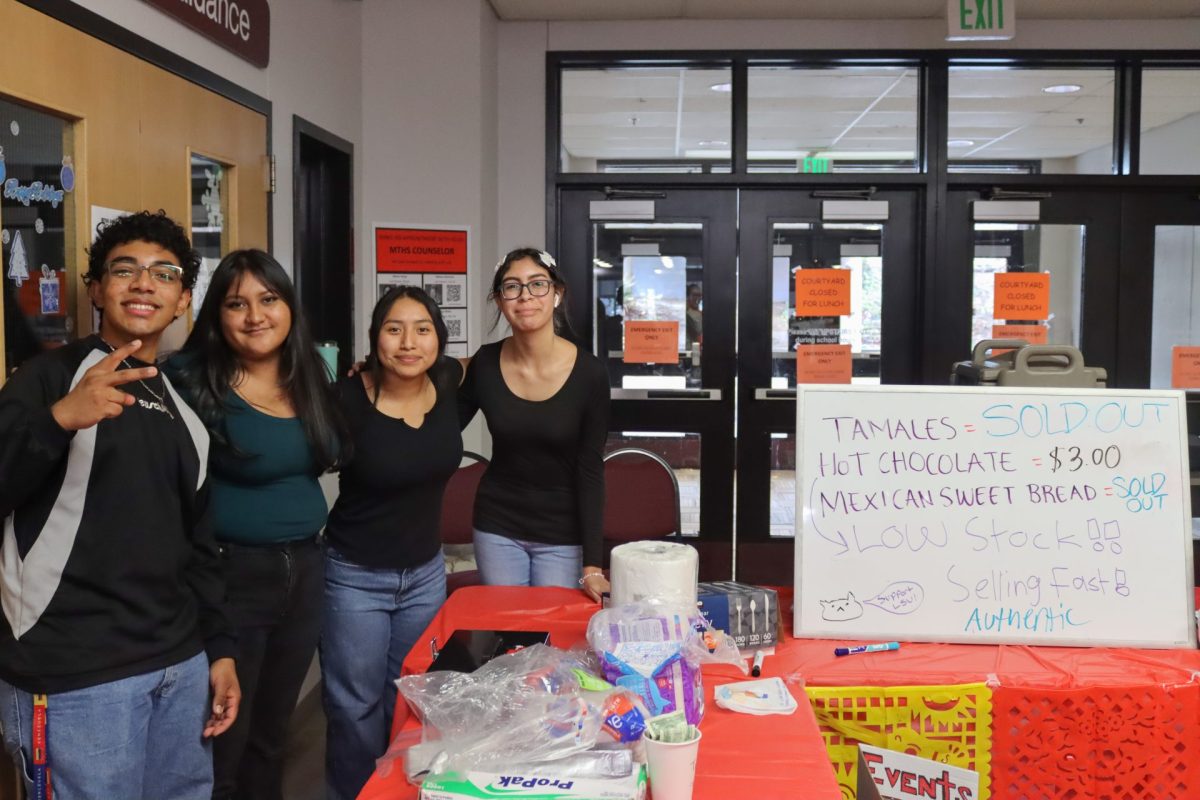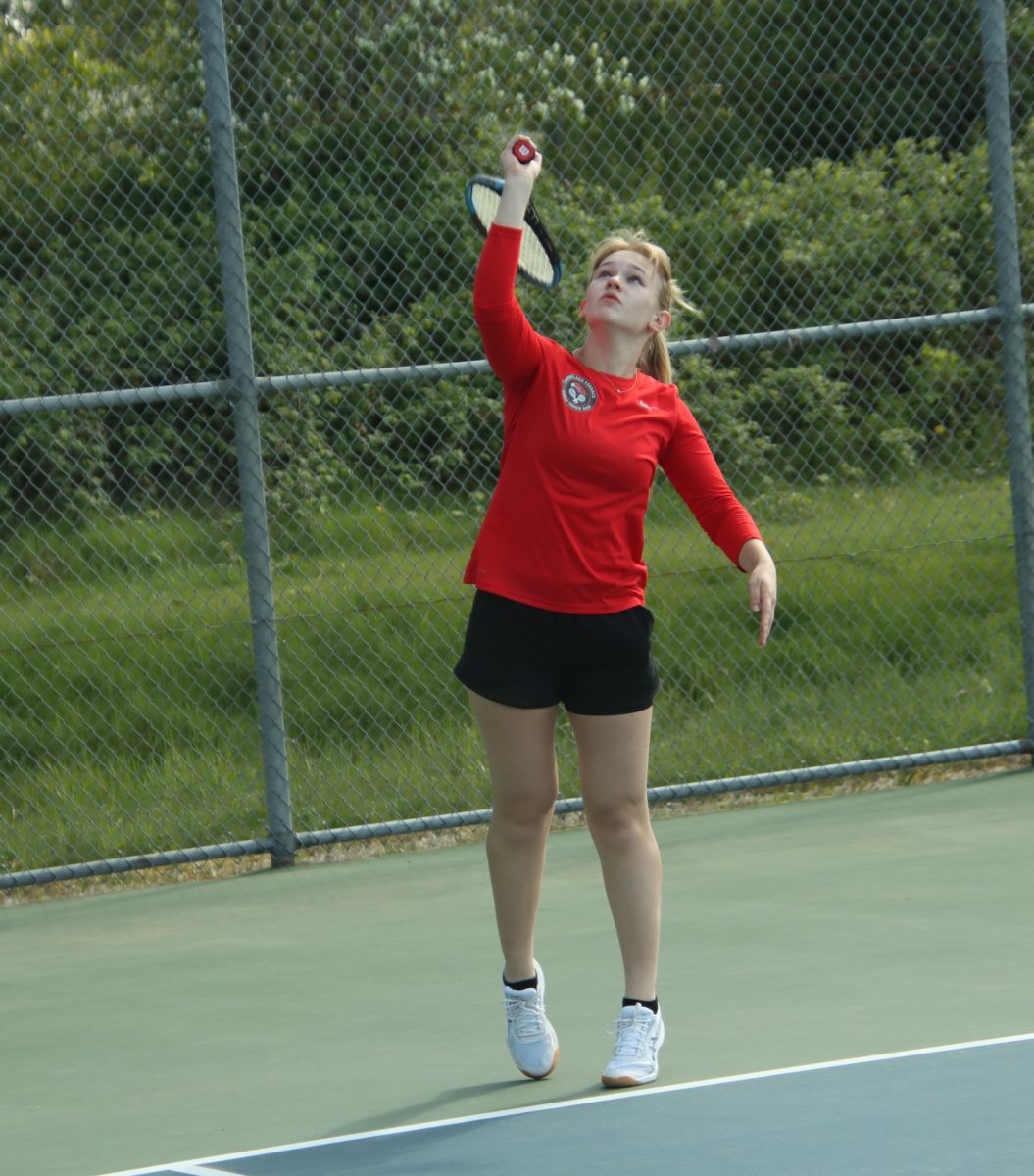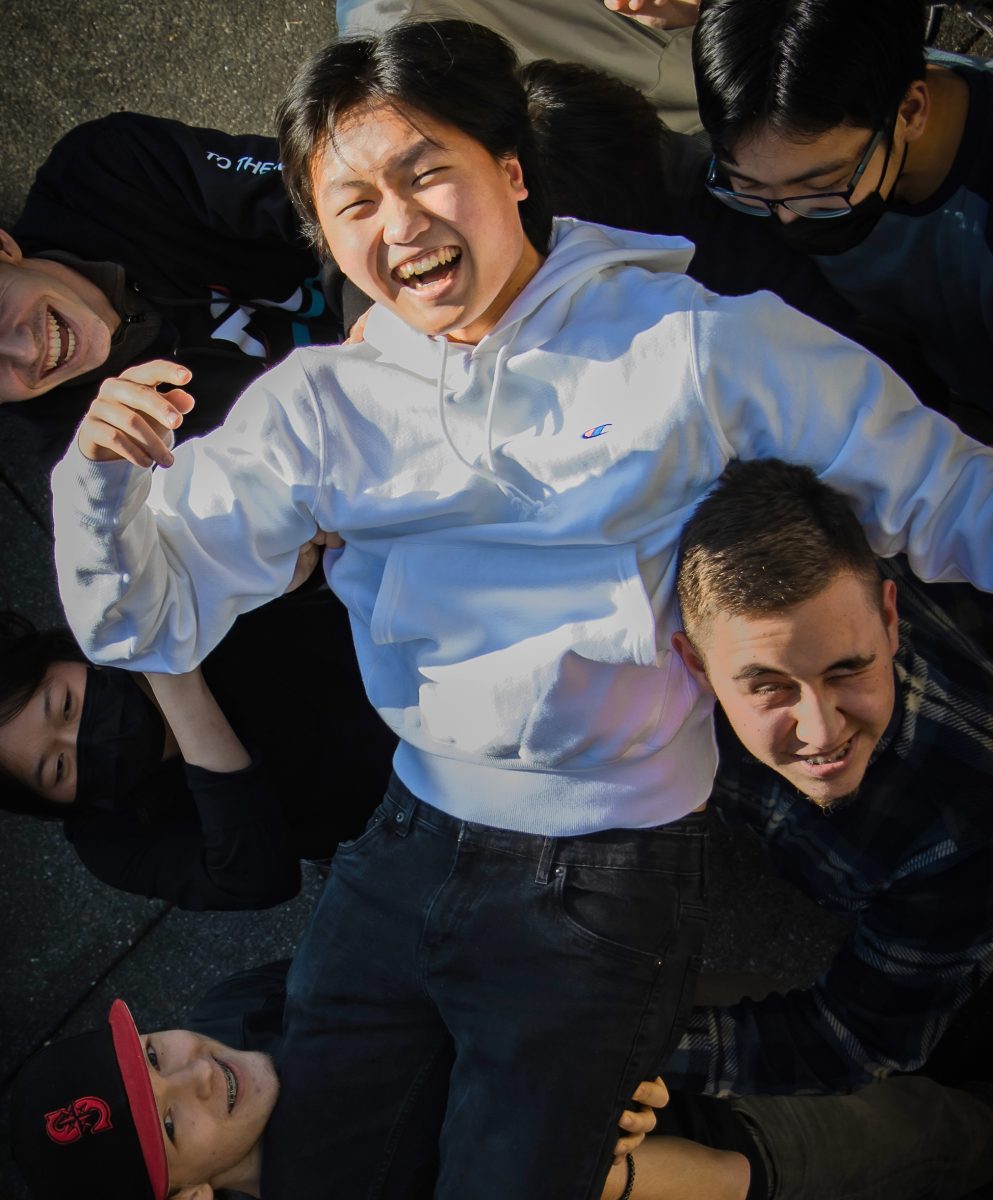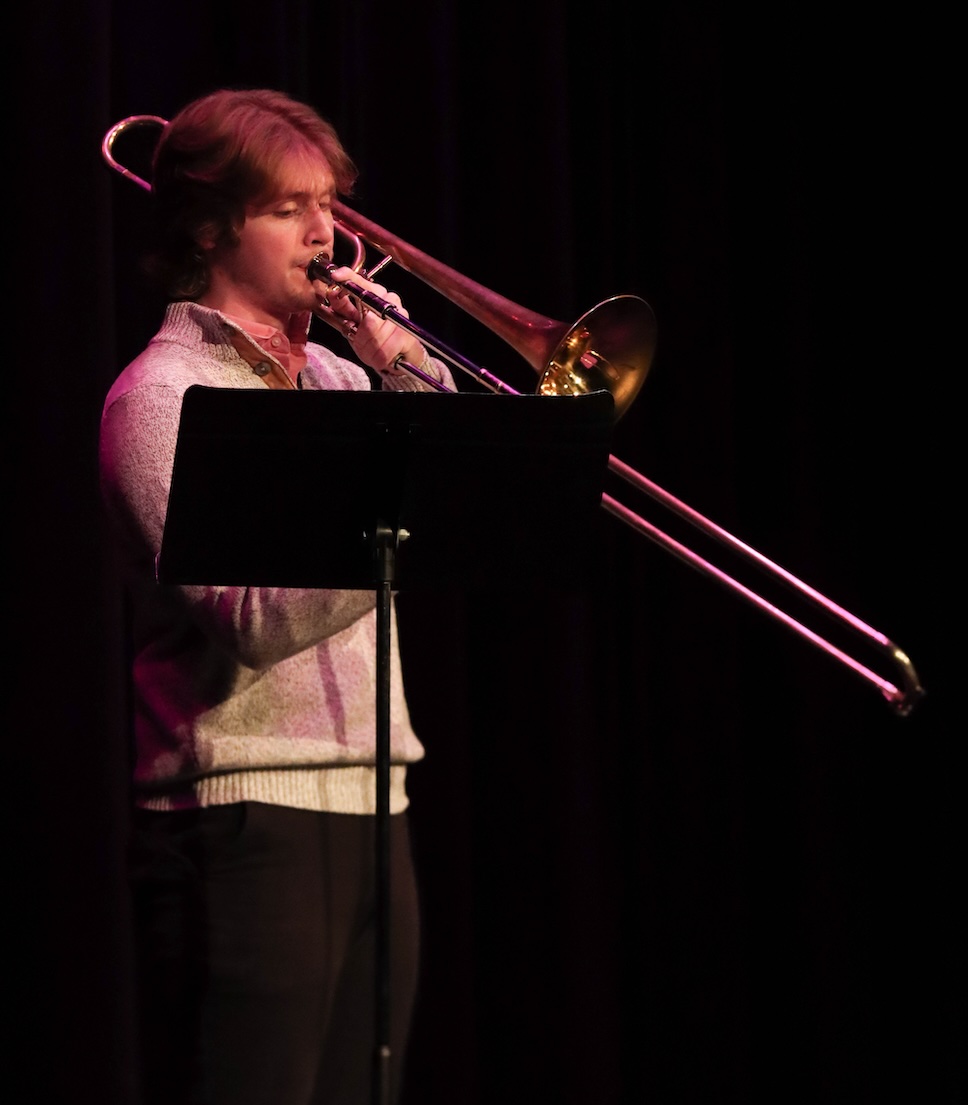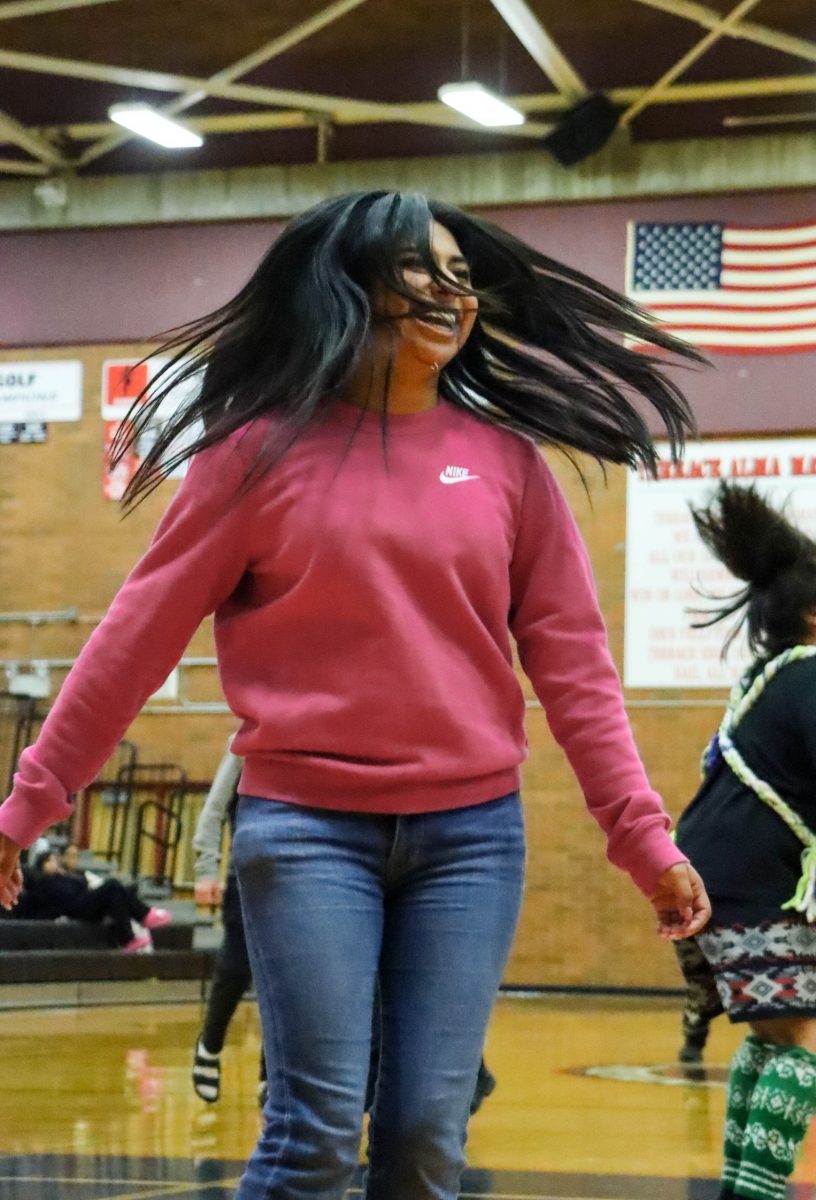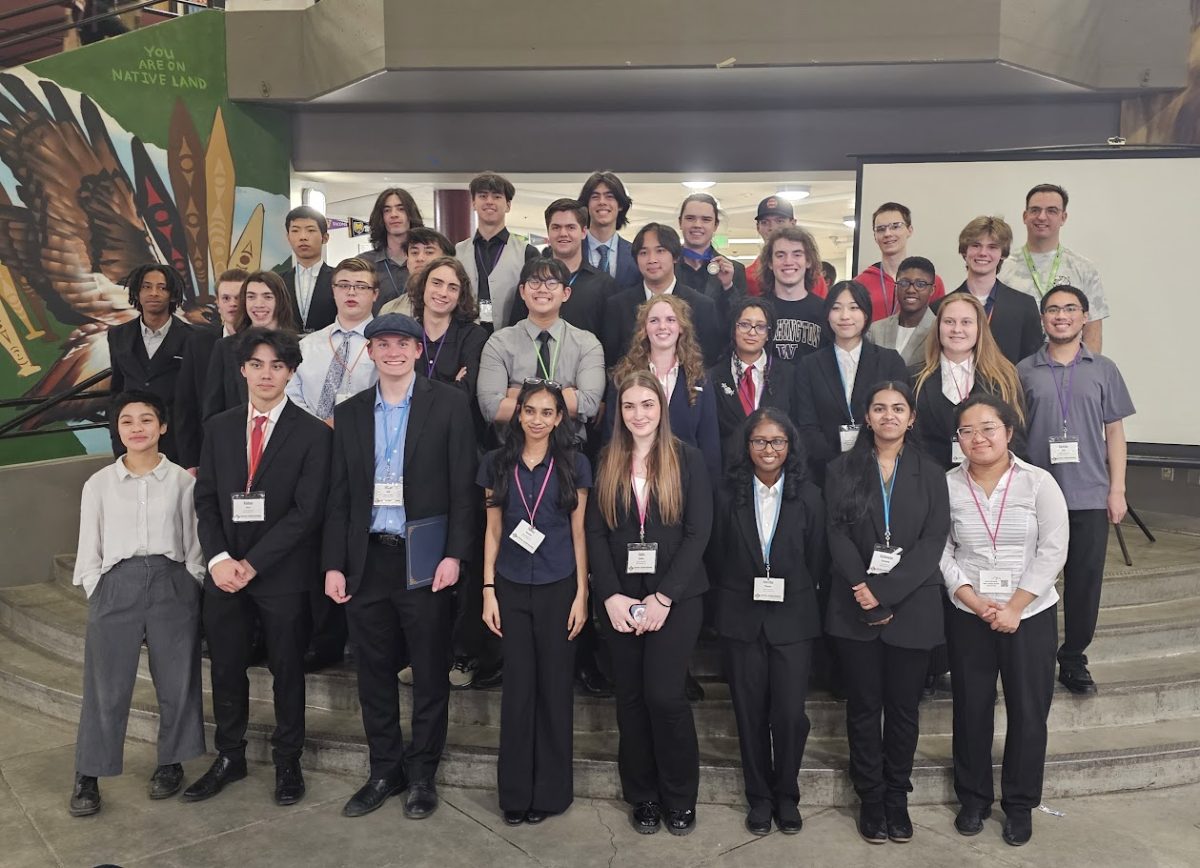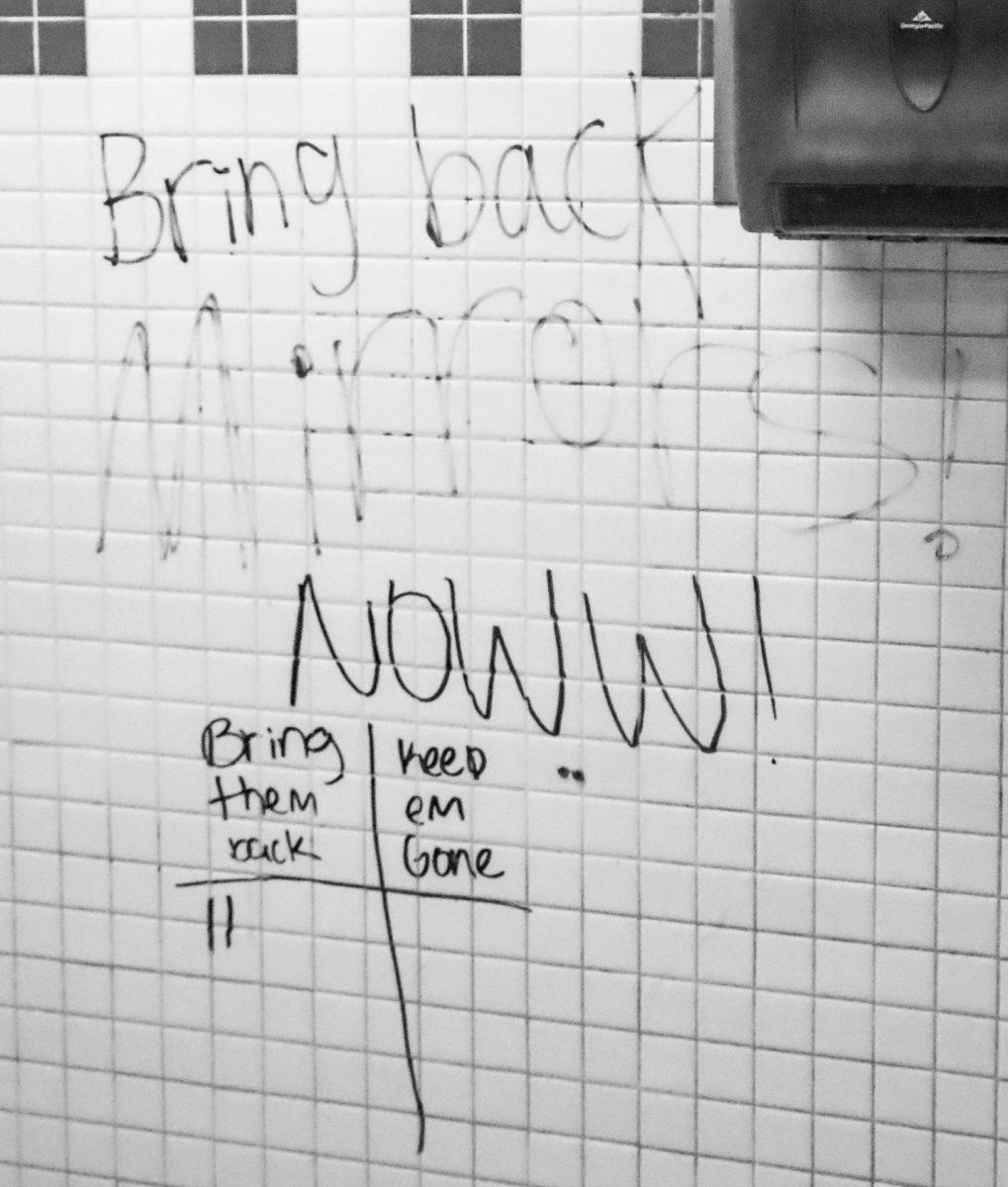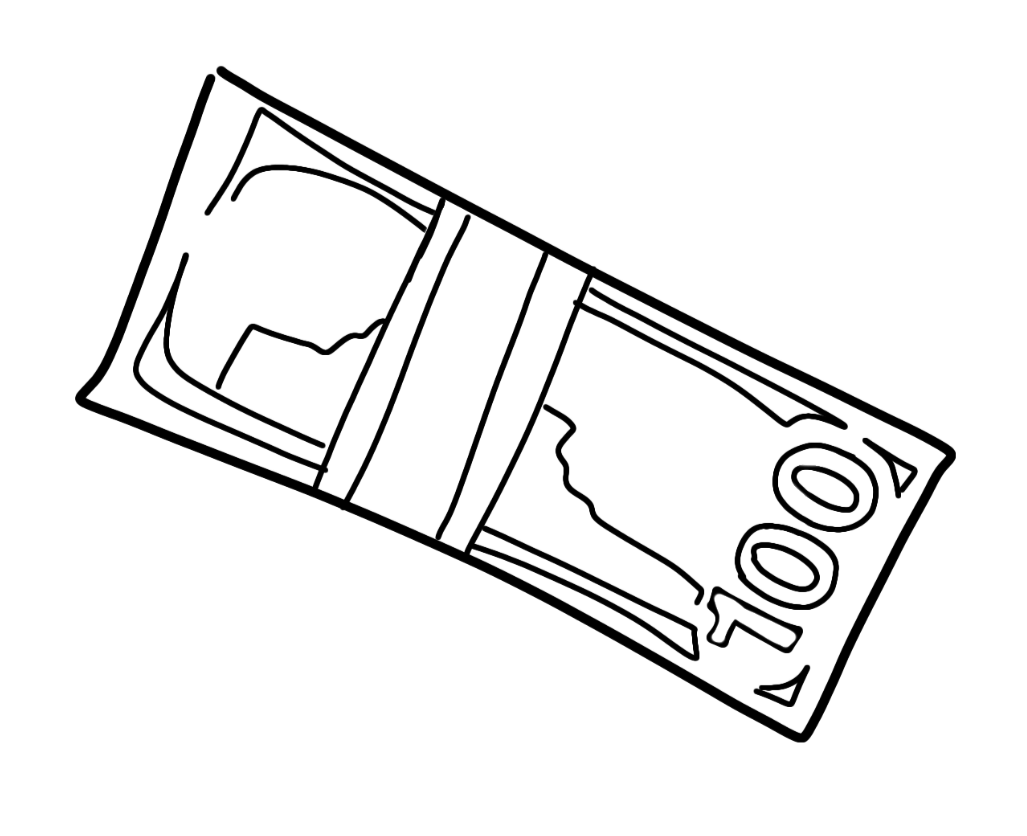The MTHS Associated Student Body (ASB) has a meeting at the end of every school year to make the final decision on the school’s activities budget for the following school year.
This meeting decides what clubs and activities get what amount of money from ASB to support their travel, equipment and production, among other things.
The process
According to Athletics Director and Activity Coordinator, Kim Stewart, all club advisors and coaches receive a budget request from the ASB Activities and Athletics Secretary Nadine Coombs. The requests are expected to be filled out with sufficient information, including the amount of money requested and returned to the Executive ASB for approval. Next, a budget meeting is held toward the end of the school year, in either late May or early June.
According to Executive ASB President, Hani Nakkour, the Executive ASB members use a three step process to decide what group gets money and how much they get.
The first step is for Executive ASB to work together and estimate the income for the next school year. In order to find that estimate, they use their revenue income from previous years, focusing on the historical trends.
“We have some projections of how much money we think we’re going to get from vending machine sales and other revenue sources. So you have this long history of how much we’ve gotten from these sources before, so you use that as a projection. Obviously, if the budget comes in less [or more] than we thought, you’re going to have to go back and revise,” principal Greg Schwab said.
For the 2016-17 school year, the Executive ASB believed they would take in around $57,300.00 from ASB cards, parking spots, Homecoming tickets, the student store, vending machines and earned interest
Second, after going over the estimates and budget requests, Executive ASB will then decide what clubs gets money and how much
Members of Executive ASB have to create a rough draft of the budget before setting up a meeting with the rest of the ASB class members and any members of clubs or activities wanting to be involved in voting on the final decision. The budget meeting is open to everyone at the school.
“You have the different sports programs that have budget needs. Then you have the clubs and groups that have budget needs. So [the Executive ASB] go[es] through and divides it up,” Schwab said. “Then [the Executive ASB] share[s] that with the larger ASB and then there’s a vote to approve the budget and that’s the budget that gets adopted for the next year.”
Schwab also said that the ASB has to revise the amount of money given to clubs based on the overflow and underflow of money earned going into the school year.
How could the process change?
Although the ASB attempts to make the process as easy to follow as possible, there are still some complaints from students regarding the clarity and fairness of the process.
Robotics Club secretary Eugene Seubert said that the robotics team appreciates ASB’s hard work, but there continues to be confusion in the whole process of budget requests.
“I think ASB is pretty supportive of clubs, including robotics. ASB has even expressed they want to reach out to clubs and better connect us to them,” Seubert said. “However… I would like to see some increased transparency, particularly with making meetings with club officials and reminders to club officials about important meeting dates, such as the budget meeting.”
Schwab takes a different approach to changing the process of ASB budgeting.
“There’s lots of opportunity for input and I know that ASB really wants input. Number one, I wish that people would get more involved, just so people know what’s going on. Number two, I wish that there was some kind of solution to offset the loss of revenue that we’ve experienced with the vending machines.” Schwab said.
When the local school wellness policy was put into place, the school lost about half of its income that originally came from vending machines. Although the school has lost revenue from the vending machines, Schwab still thinks that changing the food to healthier options was the right decision to make.
“It created a deficit in our budget that I don’t know how we recover from. It, unfortunately, is affecting programs. That’s the sad part of this.” Schwab said.
Who gets what? The decision
Nakkour said that deciding what club gets money isn’t only about how much money the ASB fund has; there are other factors, including how often a club or sport will fundraise.
“[Executive ASB members] have to look at which clubs get funding from other organizations and whether they really need that money or not and specifically ask people in those clubs on what they use that money for. That way, we make sure we give more money to the clubs and sports that technically have to pay for things out of their own pockets because they receive such a low fund from us,” Nakkour said.
Many clubs get money through other methods, such as fundraisers or CTE.
“Although clubs get money someway else we do really try to distribute the money evenly amongst all clubs and make those tough decisions to give more to a certain club over another club based on the information we get on where the money goes for each club and so on,” Nakkour said.
Outliers
Even though Executive ASB attempts to keep the money given out even throughout similar groups, there are some outliers like football and band.
Most sports groups will get anywhere from $250-500 based on group size in order to support buying uniforms and spirit wear on occasion.
In the 2015-16 school year, the cheerleaders had to pay for a new set of practice mats through fundraisers. However, according to Nakkour, cheerleaders are technically a part of ASB. That’s why they’re only given $500, despite their members having to pay hundreds of dollars for their uniforms.
“[Compared to other sports,] football in specific is the only sport that receives a large amount [of funding]. Football receives $1,500 because of its strict requirements to have new football helmets [annually]. This is something we have no control over, but it is a safety hazard so we are forced to give them that set price to accommodate for the expensive helmets that could cost up to $350 a piece,” Nakkour said.
With all of the music groups; band, choir and orchestra, only one gets funding from the ASB.
Band requested $3,000 for the 2016-17 school year, but choir and orchestra don’t ask for any.
We do make sure to know what the money is going towards per club and activity and sport that way we make sure we aren’t giving a club or activity money that they wouldn’t be using for anything massively important.
Clubs usually use their set amount to purchase things in order to fundraise and make more money, or to get spirit wear or use for events they are holding.



